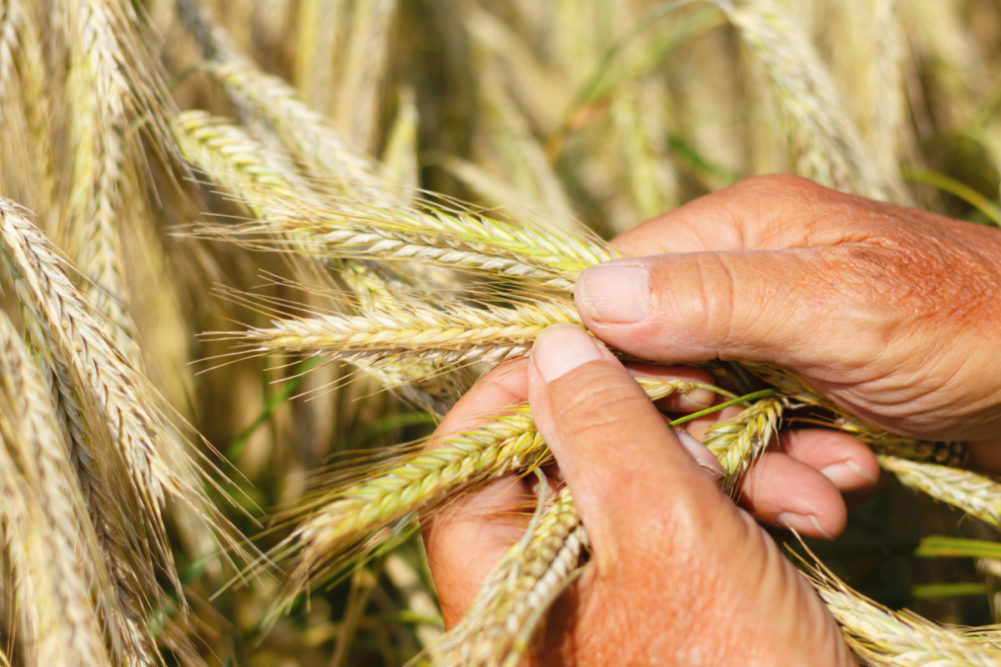OTTAWA, CANADA — Poor weather conditions, rail strikes and strong global competition in the wheat market affected Canada’s 2019-20 wheat season, according to a report from the Foreign Agricultural Service of the U.S. Department of Agriculture (USDA).
Canadian wheat growers dealt with a wet planting season, dry growing season and a wet and snowy harvest season decreasing the estimate for production. According to the USDA, Canada’s area seeded to all wheat was reduced by 40,000 hectares, area harvested reduced by 162,000 hectares, and production revised down by 144,000 tonnes to 32.35 million tonnes.
The weather has taken a toll on the quality of Canadian wheat.
“Of the over 5,000 samples of CWRS that have been graded by the CGC as of Nov. 27, 2019, 11% have been assigned a feed grade, marking a second consecutive year of relatively high percentage of CWRS graded as feed,” the report said. “In 2017, 4% of samples were graded as feed quality.”
The USDA said Canada’s exports of wheat and wheat products have declined 10% from the previous period because of competition from large global supplies.
“Exports will continue to benefit from increased diversification but, thus far into the trade year, it has not been enough to offset the declines from some of Canada’s biggest markets including the United States, China, and Indonesia,” the USDA said.
Italy has re-emerged as the top market for Canadian durum driven by a shortage of high protein durum domestically available.
The Canadian grain market also experienced transportation issues when Approximately 3,200 Canadian National Railway (CN) conductors, train persons and yard workers went on strike Nov. 19, 2019, impacting the company’s ability to transport grain, oil and potash. The strike lasted eight days causing more than 560,000 tonnes of grain and oilseed to sit stagnant.
“During the current shipping season, CN alone deploys about 5,600 rail cars a week for the purpose of moving grains with each car carrying 90 to 100 tonnes of grain,” the USDA said. “Significant delays were experienced as backlogged traffic had to work its way through the 25 ships parked in the Port of Vancouver and the 10 anchored at the Port of Prince Rupert. Both ports are serviced only by CN Rail. Ninety percent of Canada’s wheat and wheat product exports move by water, primarily through these two ports.”






